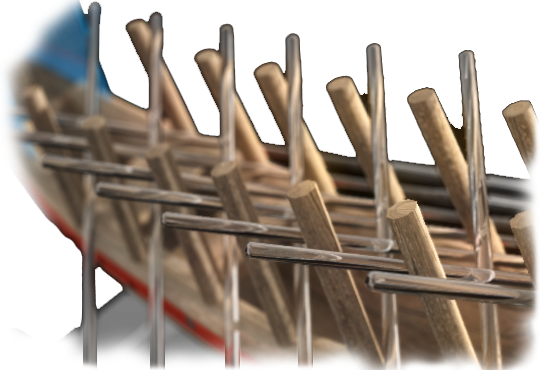The Waters of Rome
A refereed, on-line journal of occasional papers concerned with water studies and the city of Rome.
Authors are invited to submit articles on any aspect of the hydrological or hydraulic history of Rome from the prehistoric to the present day, to be considered for publication. Articles that investigate water and water infrastructure as a system (rather than examining an individual feature) within a social, cultural, or technological context are particularly welcome. Our interest is to stimulate discussion about water's role in urban development, especially within the context of issues of infrastructural and landscape urbanism studies. Every submission is reviewed by the editor and a minimum of two outside reviewers who are authorities drawn from the disciplines of history, classics, architecture, landscape architecture, archaeology, architectural and art history, and geography.
NUMBER SEVEN: JULY 2011
- Andrea Schmölder-Veit, "Aqueducts for the Urbis Clarissimus Locus: The Palatine’s Water Supply from Republican to Imperial Times"
NUMBER SIX: February 2009
- Kay Bea Jones, "Rome's Uncertain Tiberscape: Tevereterno and the Urban Commons"
NUMBER FIVE: April 2008
- Leonardo Lombardi, "Camillo Agrippa's Hydraulic Inventions on the Pincian Hill (1574-1578)"
NUMBER FOUR: March 2007
- John N. N. Hopkins, "The Cloaca Maxima and the Monumental Manipulation of Water in Archaic Rome"
NUMBER THREE: August 2005
- David Karmon, "Restoring the ancient water supply system in Renaissance Rome: the Popes, the civic administration, and the Acqua Vergine"
NUMBER TWO: June 2002<
- Rabun Taylor, "Tiber River bridges and the development of the ancient city of Rome", 30 June 2002.
NUMBER ONE: May 2001
- Rebecca Benefiel, "The Inscriptions of the Aqueducts of Rome: the ancient period", 10 May 2001.
See the full List of Open Access Journals in Ancient Studies







































































 diesen RSS-Feed
diesen RSS-Feed






